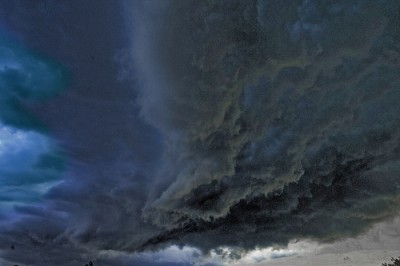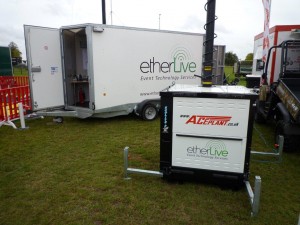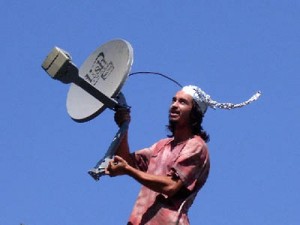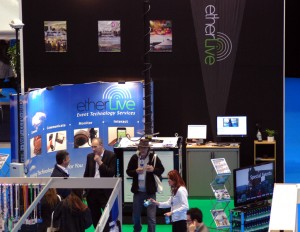The last couple of years has seen a major shift to ‘cloud computing’ driven by a combination of the expectation of connectivity everywhere and the explosion of users wishing to easily share content between several devices. On the whole the use of cloud services such as Dropbox, Box, Google Drive, Sky Drive and cloud hosted business applications such as Salesforce, Office365, Adobe and even Sage to name a few, can be great for companies, providing the well documented concerns around security, data protection and availability are addressed appropriately.
There is, however, a grey lining to the cloud when it comes to events – the impact cloud services have on the event infrastructure. The internal infrastructure in terms of Wi-Fi and wired connections is not the concern, any well designed network should be able to handle that, it is the internet connectivity aspect. The additional loading that cloud services create is having a significant impact on the capacity required and many events and customers are not factoring this into plans and budgets.
Cloud services change the usage characteristics of internet connections, creating much more demand on the upload capacity compared to traditional browsing, this means that ‘synchronous’ connections need to be used where the upload and download speeds are more closely matched compared to ADSL where the download is much faster than the upload. Overall the capacity of the internet connections need to be higher too because everything is going back and forth to the internet. For example a user sharing a 10MB site plan to ten others will generate 10MB of upload traffic and 100MB of download traffic because it will synchronise to each user separately – this may not seem a lot but scale up to a whole site across all users (with multiple devices) and all services and the numbers get very large very quickly. Scrimping on the connectivity for a corporate training event where all 200 users are set to use a cloud service is a recipe for disaster as the user experience will undoubtedly be poor.

Adding more capacity is generally the easiest route but the jump in cost can be higher than customers expect because of the need to move to synchronous and low contention services such as EFM (Ethernet First Mile) and optic fibre. In some cases wired connectivity is limited so additional wireless or satellite capacity is required and these have their own requirements which need to be factored in early on in planning. Newer services like BT Infinity do help in some cases but it should be remembered that although the headline numbers look good these are consumer focused services which come with high contention ratios (meaning a high risk that performance will be much lower than stated at busy times) and there is no guarantee on the service.
Slowly cloud based services are realising there is a need to be able to distribute load and are making available the ability to provide local caches of data which will help over time but we are some way off this being easily available for most services. In the mean time understanding what services are being used and undertaking capacity planning is essential so that the correct level of capacity can be put in place.
Overall cloud services can be very cost effective but as the saying goes there is no such thing as a free lunch!






